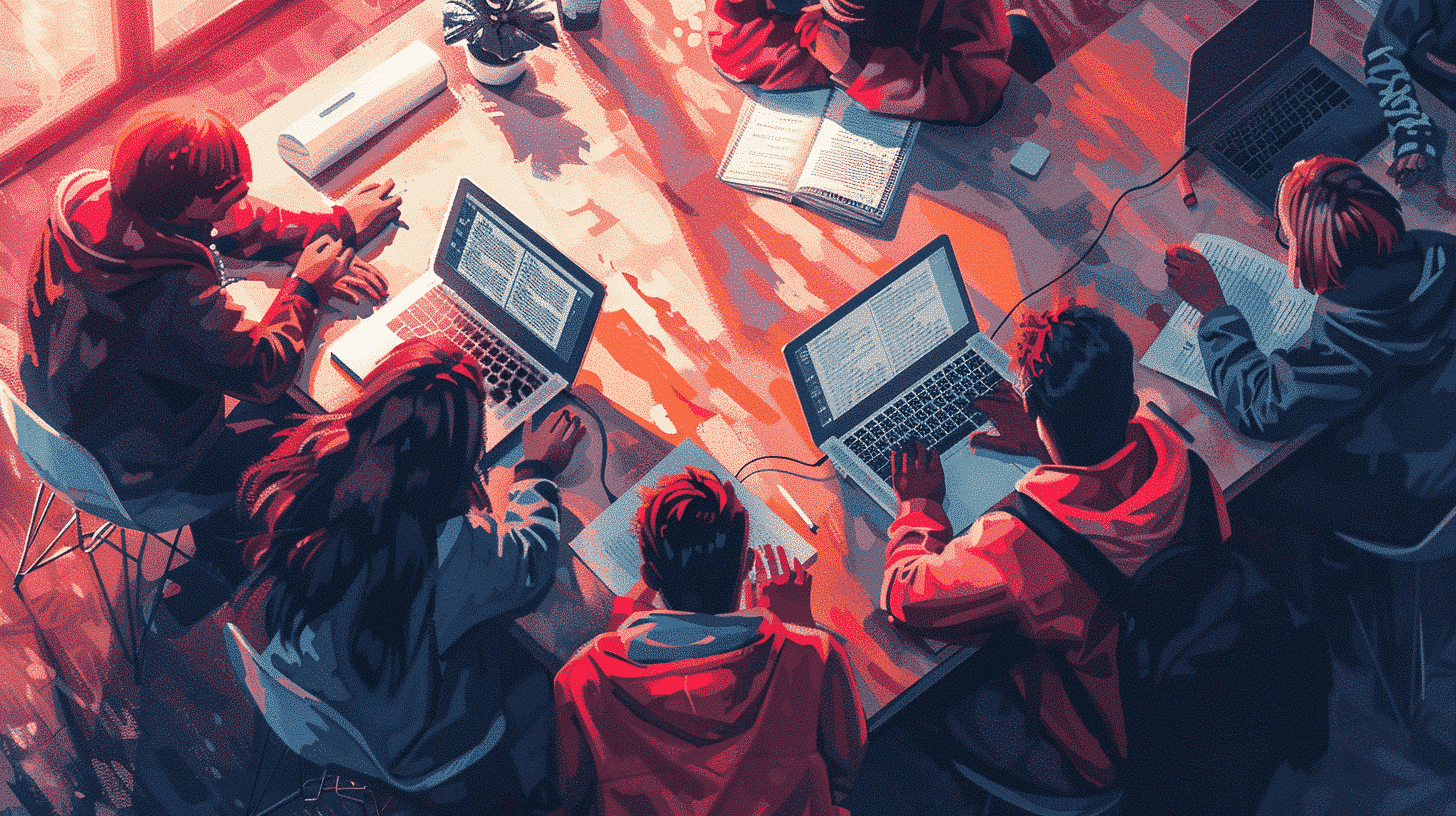Understanding the Slovenia Language: An Overview
The Slovenia language, known locally as *Slovenščina*, belongs to the South Slavic branch of the Slavic language family. It is the official language of Slovenia and is recognized as a minority language in neighboring countries such as Italy, Austria, and Hungary. Slovenian is notable for its complex grammar, rich vocabulary, and preservation of archaic features not found in other Slavic languages.
Linguistic Characteristics of Slovenian
Several linguistic features distinguish the Slovenia language from other Slavic tongues:
- Dual Number: Slovenian uniquely maintains a grammatical dual form alongside singular and plural, used specifically for two objects or persons.
- Seven Cases: The language uses seven grammatical cases (nominative, genitive, dative, accusative, locative, instrumental, and vocative), which govern the role of nouns and adjectives in sentences.
- Phonetics: Slovenian features a variety of vowel sounds and consonant clusters, making pronunciation a key aspect of learning.
- Dialects: There are over 40 dialects in Slovenian, grouped into seven regional dialect groups. While the standard Slovenian language is based primarily on the central dialects, dialects vary significantly in phonology and vocabulary.
The Importance of Learning the Slovenia Language
Learning Slovenian offers numerous benefits for different groups of learners:
For Travelers
Slovenia is a popular tourist destination known for its natural beauty, charming towns, and outdoor activities. Speaking the Slovenia language enhances the travel experience by allowing deeper engagement with locals, understanding cultural nuances, and navigating more confidently.
For Business and Professional Growth
Slovenia’s strategic location within the European Union makes Slovenian a valuable language for business, particularly in trade, tourism, and international relations. Proficiency in Slovenian can improve job prospects and facilitate smoother negotiations with Slovenian partners.
For Cultural Enthusiasts and Language Learners
Understanding the Slovenia language unlocks access to Slovenian literature, music, folklore, and traditions. It also provides a foundation for learning other Slavic languages due to linguistic similarities.
Challenges of Learning the Slovenia Language
While rewarding, learning Slovenian presents several challenges:
- Grammar Complexity: The dual number and extensive case system require dedicated study and practice.
- Pronunciation: Some Slovenian sounds, such as the rolled ‘r’ and specific consonant clusters, can be difficult for non-native speakers.
- Limited Learning Resources: Compared to widely spoken languages, Slovenian has fewer comprehensive learning materials, especially outside of Slovenia.
However, these challenges can be overcome with effective learning strategies and proper guidance.
How Talkpal Facilitates Effective Learning of the Slovenia Language
Talkpal is a modern language learning platform designed to make mastering Slovenian accessible and enjoyable. Here’s how it supports learners:
Interactive Lessons Tailored to Slovenian
Talkpal offers structured courses that cover essential grammar, vocabulary, and conversational phrases. The lessons are interactive, incorporating quizzes, audio clips, and real-life dialogues to reinforce learning.
Practice with Native Speakers
One of Talkpal’s standout features is the ability to connect with native Slovenian speakers for live conversations. This direct interaction improves pronunciation, listening skills, and cultural understanding.
Customizable Learning Paths
Whether you are a beginner or looking to enhance existing skills, Talkpal allows customization of learning goals and pace, ensuring efficient progress tailored to individual needs.
Mobile Accessibility
With Talkpal’s mobile app, learners can practice Slovenian anytime and anywhere, making language learning flexible and convenient.
Effective Strategies for Learning the Slovenia Language
To maximize your proficiency in Slovenian, consider incorporating these strategies alongside Talkpal’s resources:
- Daily Practice: Consistent exposure through reading, speaking, and listening enhances retention.
- Immersive Environment: Engage with Slovenian media such as films, radio, and music to familiarize yourself with natural usage and accents.
- Use Flashcards: Employ vocabulary flashcards to build and reinforce your lexicon efficiently.
- Learn Grammar in Context: Rather than rote memorization, study grammar through sentences and practical examples.
- Join Language Communities: Participate in Slovenian language forums, social media groups, or local meetups to practice conversational skills.
Resources to Complement Talkpal in Learning Slovenian
While Talkpal provides a comprehensive platform, supplementing with additional resources can deepen understanding:
- Slovenian-English Dictionaries: Essential for quick reference and vocabulary building.
- Language Apps: Applications like Duolingo and Memrise offer beginner-friendly Slovenian courses.
- Online Courses and Tutorials: Universities and language schools sometimes provide free or paid Slovenian lessons online.
- Books and Textbooks: Titles such as “Colloquial Slovenian” by Marta Pirnat-Greenberg offer structured guidance.
- Media Consumption: Watching Slovenian TV shows, YouTube channels, or listening to podcasts enhances listening comprehension.
Conclusion
Mastering the Slovenia language is a rewarding endeavor that connects learners to Slovenia’s vibrant culture, history, and people. Despite its grammatical complexities and relative scarcity of learning materials, platforms like Talkpal make acquiring Slovenian achievable and engaging. By leveraging Talkpal’s interactive lessons, native speaker conversations, and mobile accessibility, learners can efficiently overcome challenges and develop practical language skills. Supplementing with diverse resources and adopting consistent study habits further accelerates proficiency. Whether for travel, business, or personal enrichment, learning Slovenian opens a unique window into the heart of Central Europe.









